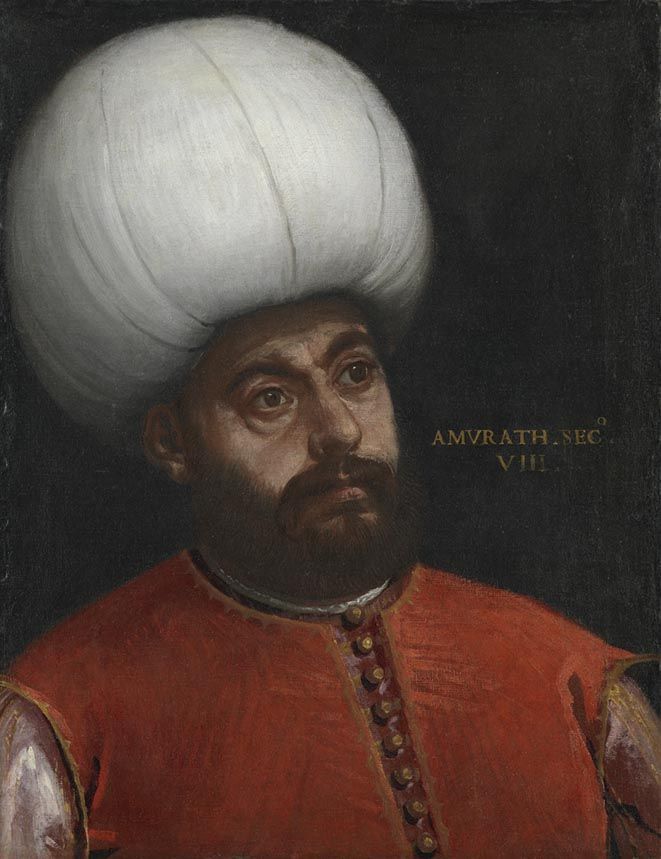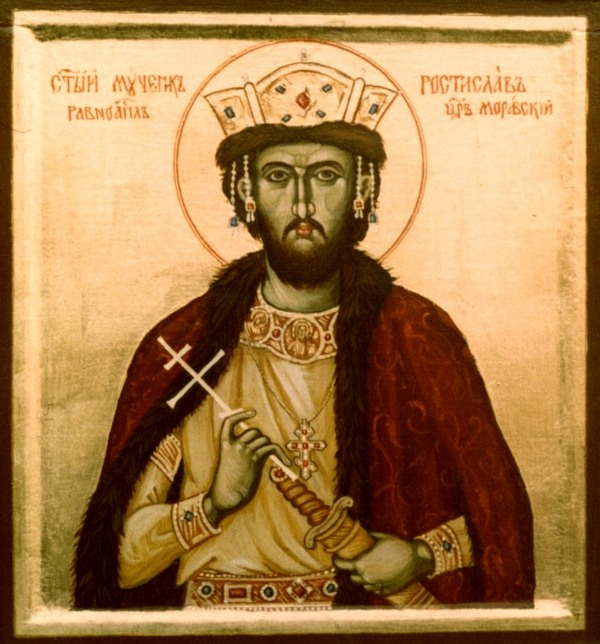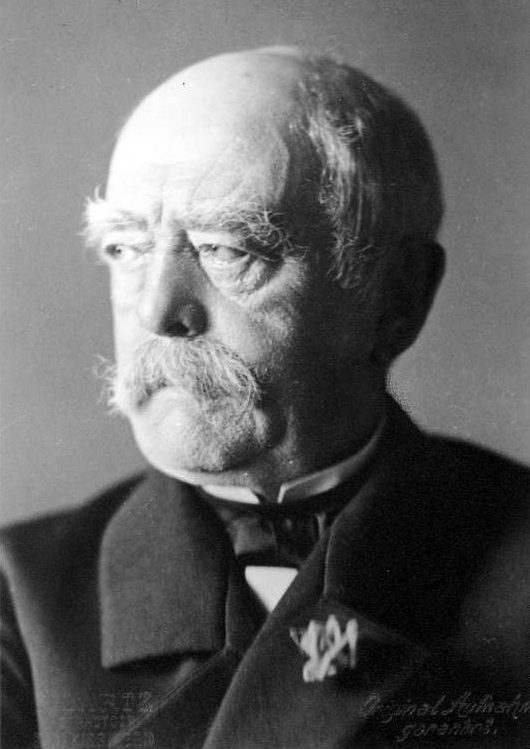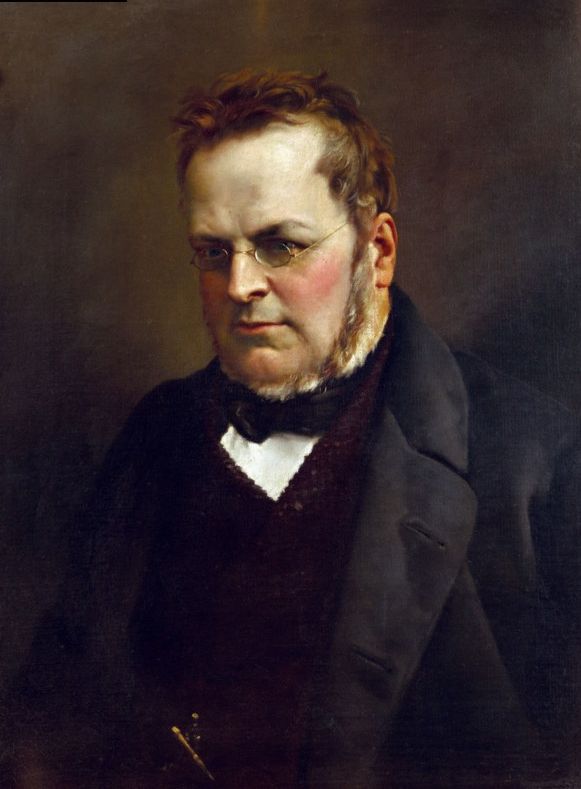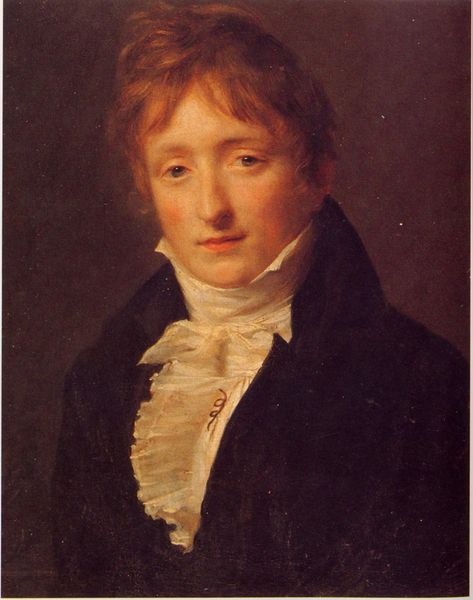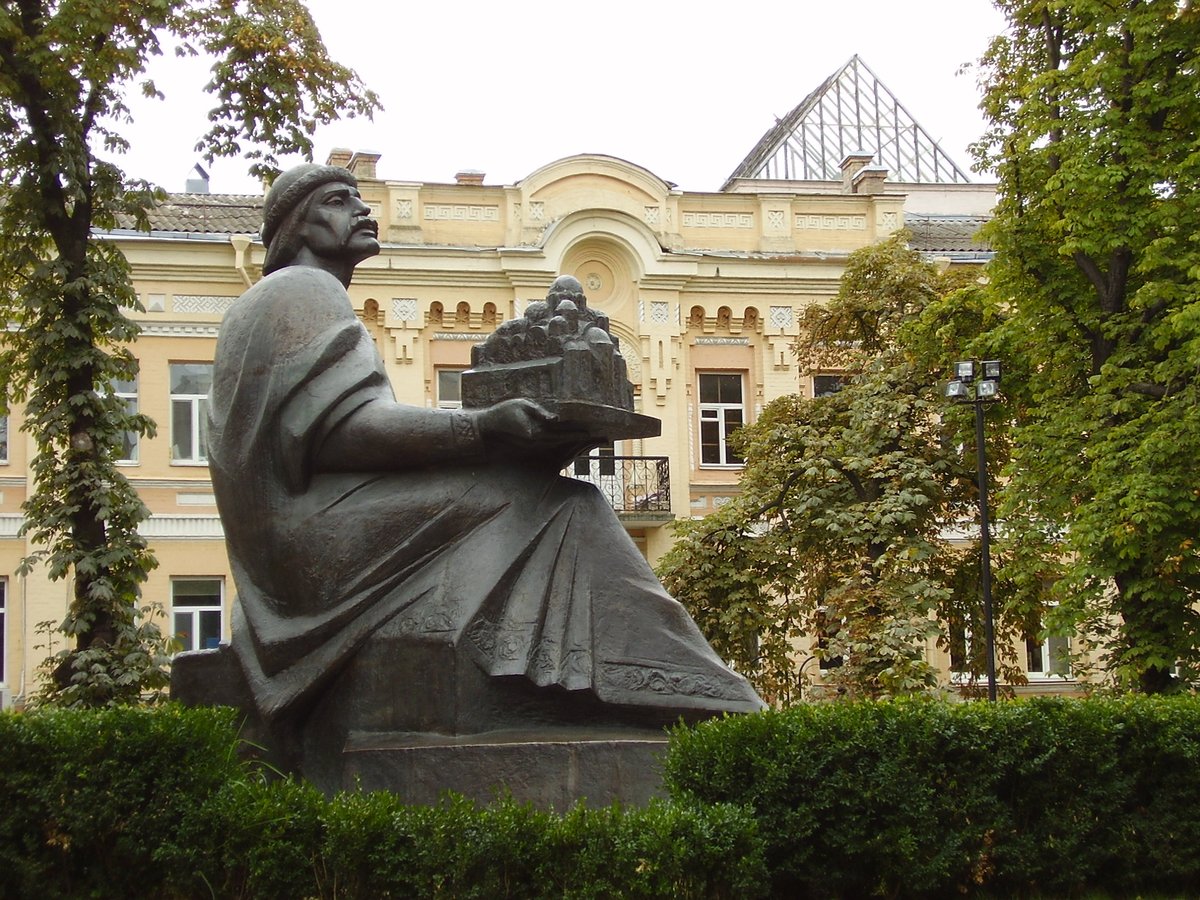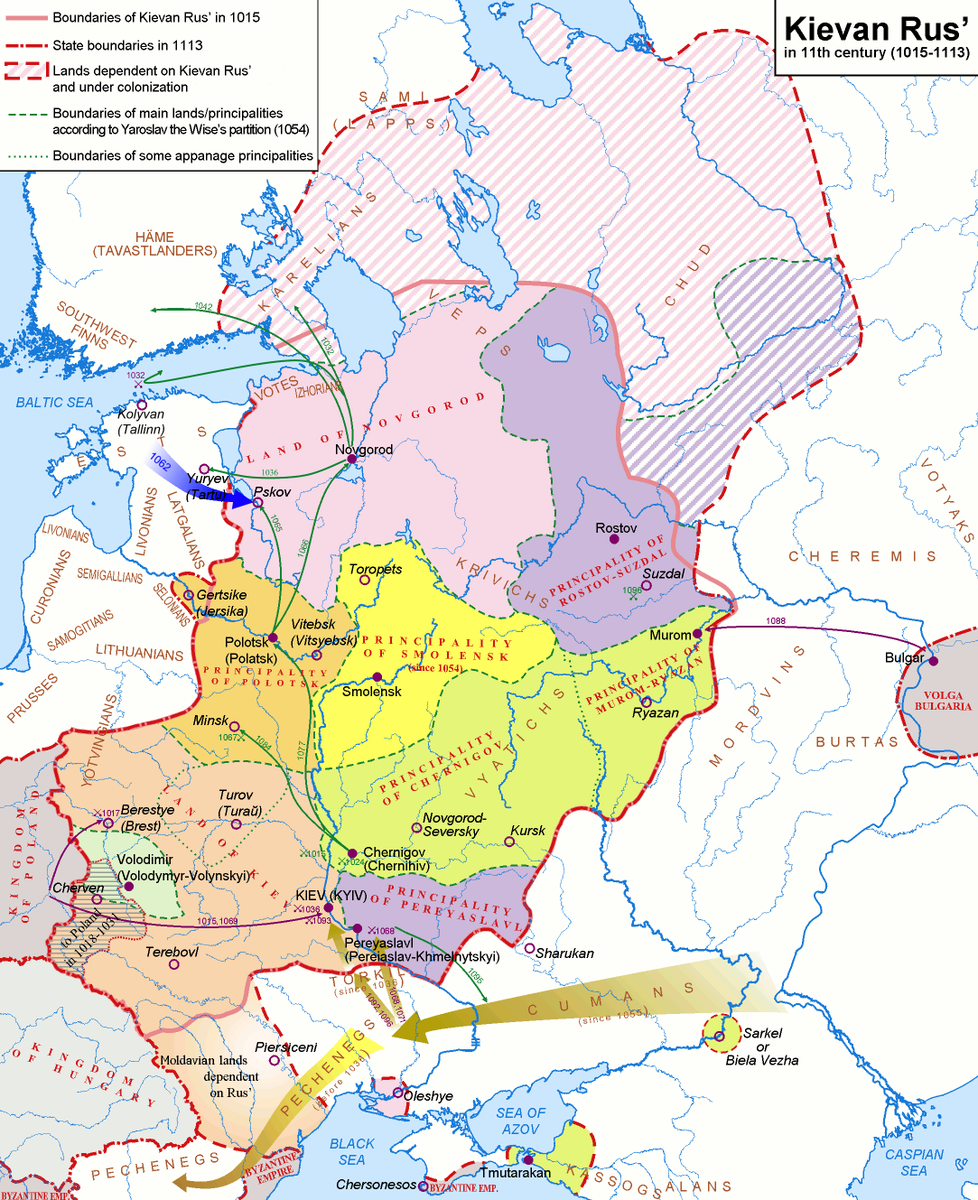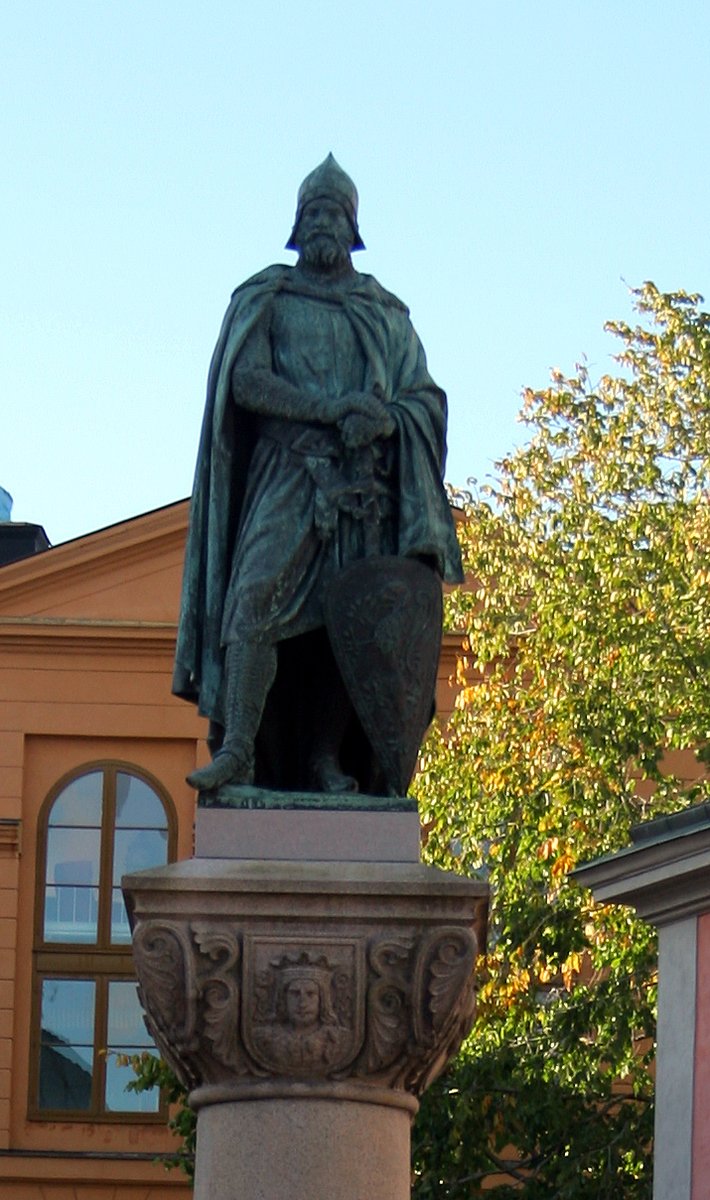A continent at war over the future of a region.
But faraway from the battlefield, another battle emerges.
A battle that could determine the outcome of the continental war.
Story in the evening ...
But faraway from the battlefield, another battle emerges.
A battle that could determine the outcome of the continental war.
Story in the evening ...
https://twitter.com/Arby_K/status/1483265386816720912
Charles Edward Stuart was born in 1720 to James Francis Stuart and Maria Casimira Sobieska. His paternal grandfather was the King of England, Scotland & Ireland until he was forced to flee Britain, while his maternal grandfather was a contender for the Polish throne. 1/10 

In 1688, King James had fled for France because of his and his heir's leanings towards Catholicism. In 1701, the English Parliament prevented Catholics from becoming monarchs of England. Scotland, however, tried to make their own path in 1704, with the Act of Security. 2/10 

However, this changed in 1707 with the Acts of Union, uniting the sovereigns of England and Scotland to form Great Britain, but many parts of Scotland voted against the Union. By then, ex-King James had died and his claim passed onto his son, James Francis Stuart. 3/10 

The Stuarts lost the French support after the War of Spanish Succession. They eventually had to take refuge in Rome instead. In the meantime, a section of Scots rebelled to restore the Stuarts in 1715 and 1719. Both failed. 4/10 

Young Charles Stuart got his first experience of war in 1734, as an observer at the Siege of Gaeta in Italy. He had accompanied his second cousin, James FitzJames, who was fighting for the Spanish against the Habsburgs in the War of Polish Succession. 5/10 

But a far bigger war was in the offing. In 1740, the last male Habsburg, Emperor Karl, died. With imperial title up for grabs, all of Europe came to war; Russia and Britain sided with Emperor's daughter against his elder brother's daughter, backed by France, Spain & Prussia. 6/10 

The war was not limited to Europe, since it spread to the colonies as well. With the British army occupied, Charles Stuart had an opportunity to reclaim his father's lost Kingdoms. In 1744, he set sail for England with the French fleet, led by Moritz von Sachsen. 7/10 

Unfortunately, bad weather stopped play. With the French busy on the continent, Charles Stuart decided to go his own way, into Scotland in 1745. He received support from the Highlands from both Catholics and Protestants, and soon reached Edinburgh, the Scottish capital. 8/10 

After victory at Prestonpans, he moved on from Scotland to England marching towards London. But he found support in England lacking, unlike in Scotland. Alarmed by the advance, England brought in reinforcements, led by Prince William coming in from the Low Countries. 9/10 

Unable to make a strong show in England, his army retreated to Scotland, where they maintained ground. But at Culloden in 1746, they were defeated by the English, bringing to an end the last attempt to restore Stuarts. The war for Germany continued on, largely unaffected. 10/10 

• • •
Missing some Tweet in this thread? You can try to
force a refresh


